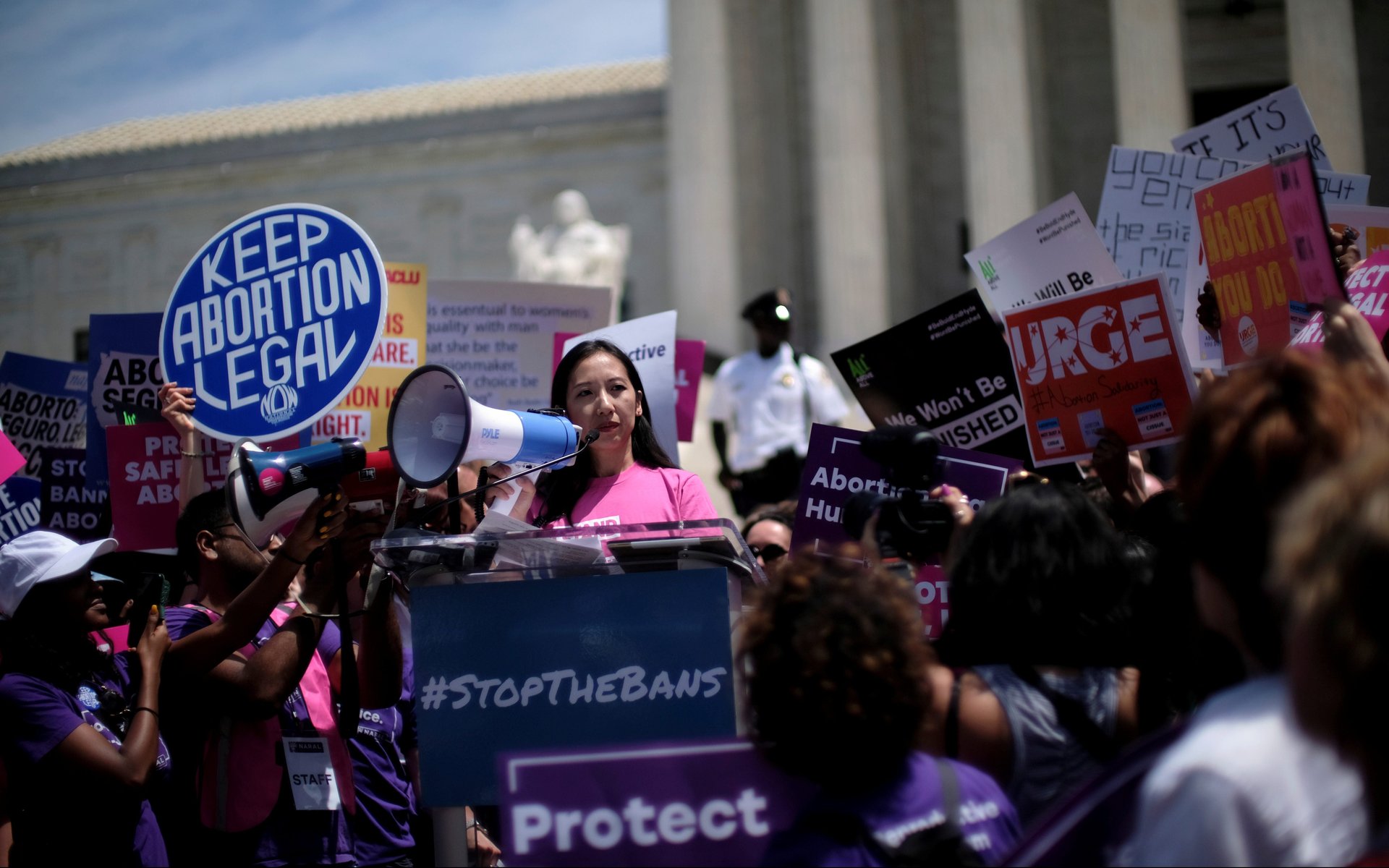What will abortion access look like in the US now?
Roe v Wade, the landmark 1973 Supreme Court decision that legalized abortion in the US, is no longer law of the land. With a decision published this morning, the majority of Supreme Court judges overturned the precedent.


Roe v Wade, the landmark 1973 Supreme Court decision that legalized abortion in the US, is no longer law of the land. With a decision published this morning, the majority of Supreme Court judges overturned the precedent.
“The Constitution does not confer a right to abortion,” reads the decision’s summary (pdf). “The authority to regulate abortion is returned to the people and their elected representatives.”
As of now, and for the foreseeable future, regulating abortion becomes a state matter, which means the country is now more or less divided along partisan lines. States where the majority of lawmakers are Democrats will maintain access to abortion, while those where the majority is Republican (with a few exceptions) will ban it—or try to. Within the next few weeks, states will fall into one of three groups:
States banning abortion
Although abortion is still protected by the US constitution, it is de facto illegal in Texas and Oklahoma. Since the states could not, per Roe v Wade, interfere with the privacy of a woman seeking abortion, these laws found a workaround by essentially turning citizens in abortion vigilantes, and offering up to $10,000 to anyone who sues abortion providers or those assisting with an abortion, including by driving a woman to meet a provider. Other states set bans early in pregnancy, making it very difficult to get a legal abortion, and others have trigger laws that make legal abortion dependent on the status of Roe.
In Alabama, West Virginia, Arizona, Georgia, Ohio, and South Carolina, it will take a few weeks or months for the law to be enforced, while in Arkansas, Idaho, Kentucky, Louisiana, Mississippi, Missouri, North Dakota, Oklahoma, South Dakota, Tennessee, Texas, Utah, Wyoming, and Florida the effect is immediate.
The overwhelming majority of these states now ban abortion at conception, and most of them will allow an exception only for severe risk to the mother’s life. Incest and rape, which are traditionally accepted as reasons to seek abortion even where laws are more restrictive, are often not included as exception, nor are severe fetal abnormalities, which are only accepted as exceptions to the abortion bans of Arkansas, Louisiana, South Carolina, and Tennessee.
States with bans in the works
Michigan and Wisconsin both have Republican-dominated legislatures that have tried to pass abortion bans, and Democratic governors who have pledged to veto any such initiative.
States protecting abortion rights
In these states, abortion is protected either by state law, or through the state constitution. New Hampshire stands out in having essentially no law regarding abortion access—neither banning, regulating, nor protecting it. In states such as California, New York, and Connecticut, recently passed laws further strengthening access to abortion, by providing state funds to pay for the procedure and offering services to patients traveling from states banning abortion.